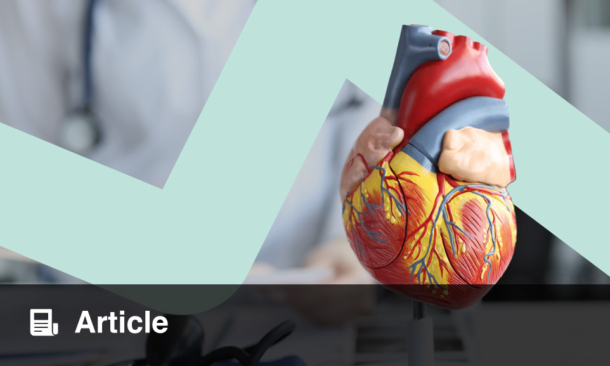OUTCOMES of heart valve replacements could be revolutionised through the use of three-dimensional (3D)-printed models, which could boost the success of transcatheter aortic valve replacement (TAVR), suggests research undertaken in Georgia, USA.
TAVR is a minimally-invasive procedure that presents a safer alternative to open heart surgery; however, it is not risk free. A common complication is paravalvular leakage, caused when the inserted valve fails to achieve a precise fit.
Surpassing previous methods, where only one material was used in the 3D-printing process, researchers utilised cutting-edge technology in order to print heart valve models with a variety of synthetic materials. “Our method of creating these models using metamaterial design and multi-material 3D-printing takes into account the mechanical behaviour of heart valves, mimicking the natural strain-stiffening behaviour of soft tissues that comes from the interaction between elastin and collagen, two proteins found in heart valves,” explained Dr Chuck Zhang, Stewart School of Industrial and Systems Engineering, Georgia Institute of Technology, Atlanta, Georgia, USA.
Models were created based on computed tomography (CT) images of 18 TAVR patients, lined with radiopaque beads, placed in warm water to simulate conditions within the body, and finally prosthetic valves were inserted into them. Using medical imaging and computer software, researchers tracked the radiopaque beads, allowing them to identify areas where the prosthetic poorly fitted. Finally, they used the resulting data to form a ‘bulge index’, which they found could successfully predict the severity of paravalvular leakage after TAVR.
Although this method requires further refinement, researchers are confident that this method will transform care for patients with TAVR. “Even though this valve replacement procedure is quite mature, there are still cases where picking a different size prosthetic or different manufacturer could improve the outcome, and 3D printing will be very helpful to determine which one,” stated Dr Zhen Qian, Chief of Cardiovascular Imaging Research, Piedmont Heart Institute, Atlanta, Georgia, USA. “Eventually, once a patient has a CT scan, we could create a model, try different kinds of valves in there, and tell the physician which one might work best.”
(Image: freeimages.com)









